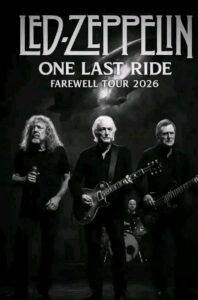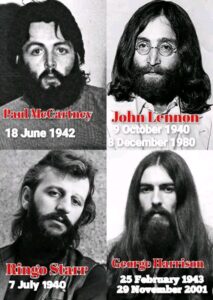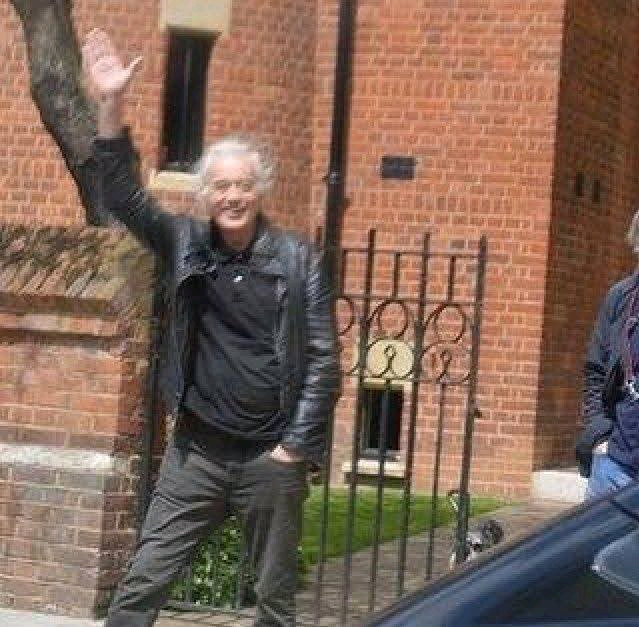
Jimmy’s London home. The Tower House, 29 Melbury Road, is a late-Victorian townhouse in the Holland Park district of Kensington and Chelsea, London, built by the architect and designer William Burges as his home. Designed between 1875 and 1881, in the French Gothic Revival style, it was described by the architectural historian J. Mordaunt Crook as “the most complete example of a medieval secular interior produced by the Gothic Revival, and the last”. The house is built of red brick, with Bath stone dressings and green roof slates from Cumbria, and has a distinctive cylindrical tower and conical roof. The ground floor contains a drawing room, a dining room and a library, while the first floor has two bedrooms and an armoury. Its exterior and the interior echo elements of Burges’s earlier work, particularly Park House in Cardiff and Castell Coch. It was designated a Grade I listed building in 1949. American entertainer Liberace had made an offer but had not put down a deposit. Reading of the intended sale in the Evening Standard, actor Richard Harris bought it the following day, describing his purchase as the biggest gift he had ever given himself. Harris employed the original decorators, Campbell Smith & Company Ltd., to carry out restoration, using Burges’s drawings from the Victoria and Albert Museum.
Jimmy Page, the Led Zeppelin guitarist, bought the house from Harris in 1972 for £350,000, outbidding the musician David Bowie. Page, an enthusiast of Burges and for the Pre-Raphaelite Brotherhood, commented in an interview in 2012: “I was still finding things 20 years after being there – a little beetle on the wall or something like that; it’s Burges’s attention to detail that is so fascinating.”In 2015, Page successfully challenged a planning application lodged by the singer Robbie Williams, who had purchased the adjacent Woodland House in 2013 and planned extensive renovations. Page argued that the alterations, particularly the intended underground excavations, would threaten the structure of the Tower House. Ongoing disagreements between Williams and Page over Williams’ development plans continue to feature in Britain’s press.
Jimmy’s London home. The Tower House, 29 Melbury Road, is a late-Victorian townhouse in the Holland Park district of Kensington and Chelsea, London, built by the architect and designer William Burges as his home. Designed between 1875 and 1881, in the French Gothic Revival style, it was described by the architectural historian J. Mordaunt Crook as “the most complete example of a medieval secular interior produced by the Gothic Revival, and the last”. The house is built of red brick, with Bath stone dressings and green roof slates from Cumbria, and has a distinctive cylindrical tower and conical roof. The ground floor contains a drawing room, a dining room and a library, while the first floor has two bedrooms and an armoury. Its exterior and the interior echo elements of Burges’s earlier work, particularly Park House in Cardiff and Castell Coch. It was designated a Grade I listed building in 1949. American entertainer Liberace had made an offer but had not put down a deposit. Reading of the intended sale in the Evening Standard, actor Richard Harris bought it the following day, describing his purchase as the biggest gift he had ever given himself. Harris employed the original decorators, Campbell Smith & Company Ltd., to carry out restoration, using Burges’s drawings from the Victoria and Albert Museum.
Jimmy Page, the Led Zeppelin guitarist, bought the house from Harris in 1972 for £350,000, outbidding the musician David Bowie. Page, an enthusiast of Burges and for the Pre-Raphaelite Brotherhood, commented in an interview in 2012: “I was still finding things 20 years after being there – a little beetle on the wall or something like that; it’s Burges’s attention to detail that is so fascinating.”In 2015, Page successfully challenged a planning application lodged by the singer Robbie Williams, who had purchased the adjacent Woodland House in 2013 and planned extensive renovations. Page argued that the alterations, particularly the intended underground excavations, would threaten the structure of the Tower House. Ongoing disagreements between Williams and Page over Williams’ development plans continue to feature in Britain’s press.
Jimmy’s London home. The Tower House, 29 Melbury Road, is a late-Victorian townhouse in the Holland Park district of Kensington and Chelsea, London, built by the architect and designer William Burges as his home. Designed between 1875 and 1881, in the French Gothic Revival style, it was described by the architectural historian J. Mordaunt Crook as “the most complete example of a medieval secular interior produced by the Gothic Revival, and the last”. The house is built of red brick, with Bath stone dressings and green roof slates from Cumbria, and has a distinctive cylindrical tower and conical roof.
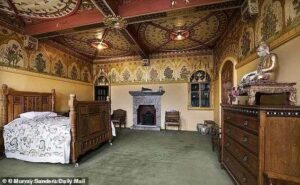
The ground floor contains a drawing room, a dining room and a library, while the first floor has two bedrooms and an armoury. Its exterior and the interior echo elements of Burges’s earlier work, particularly Park House in Cardiff and Castell Coch. It was designated a Grade I listed building in 1949. American entertainer Liberace had made an offer but had not put down a deposit. Reading of the intended sale in the Evening Standard, actor Richard Harris bought it the following day, describing his purchase as the biggest gift he had ever given himself. Harris employed the original decorators, Campbell Smith & Company Ltd., to carry out restoration, using Burges’s drawings from the Victoria and Albert Museum.
Jimmy Page, the Led Zeppelin guitarist, bought the house from Harris in 1972 for £350,000, outbidding the musician David Bowie. Page, an enthusiast of Burges and for the Pre-Raphaelite Brotherhood, commented in an interview in 2012: “I was still finding things 20 years after being there – a little beetle on the wall or something like that; it’s Burges’s attention to detail that is so fascinating.
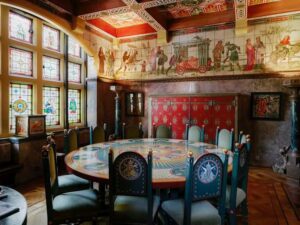
“In 2015, Page successfully challenged a planning application lodged by the singer Robbie Williams, who had purchased the adjacent Woodland House in 2013 and planned extensive renovations. Page argued that the alterations, particularly the intended underground excavations, would threaten the structure of the Tower House. Ongoing disagreements between Williams and Page over Williams’ development plans continue to feature in Britain’s press.

